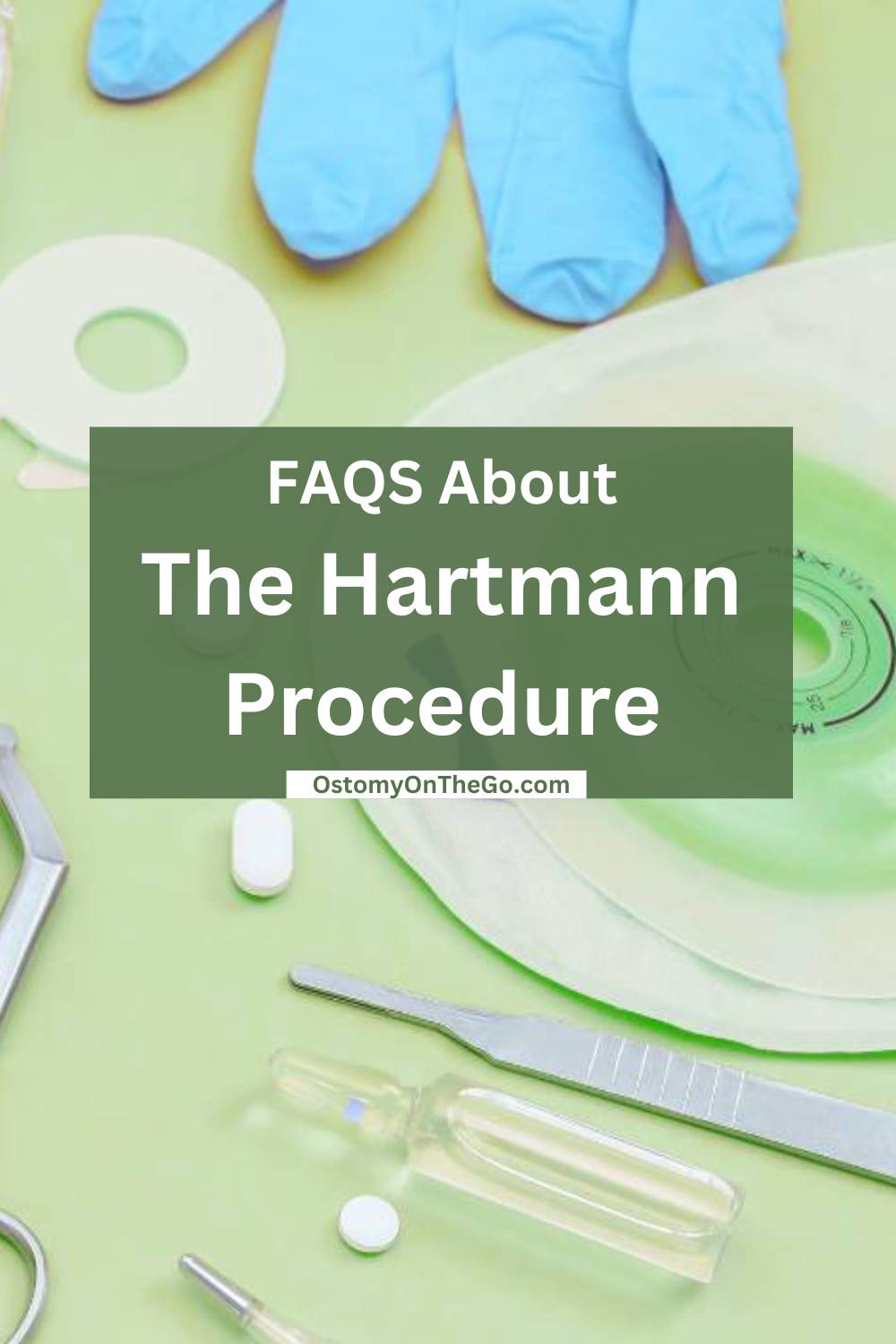If you’ve recently been told you need a Hartmann procedure, you might be feeling a mix of confusion, anxiety, and maybe even Googling things you never thought you’d have to Google. Don’t worry—you’re in the right place! Let’s break this down in a way that’s informative, easy to digest (pun intended).
What Is the Hartmann Procedure?
Imagine your colon as a highway. Now, if there’s a massive traffic jam due to an accident (think diverticulitis, colon cancer, or a nasty perforation), sometimes the best solution is to close off part of the road, reroute traffic, and fix the problem later. That’s essentially what the Hartmann procedure does!
During this life-saving surgery, a surgeon removes or bypasses a diseased portion of the colon, sealing off the remaining stump and creating a temporary colostomy—a new way for waste to exit your body through the abdominal wall. While it sounds intense, this procedure is often a crucial step toward healing.

Why Is the Hartmann Procedure Done?
The Hartmann procedure is often performed in emergencies where the colon is badly damaged and cannot be safely reconnected immediately. Common reasons include:
✅ Diverticulitis complications – When small pouches in the colon become infected or rupture.
✅ Colon cancer – When a tumor blocks or invades part of the colon.
✅ Trauma or perforation – Severe injury causing leakage into the abdomen.
✅ Obstruction – A blocked colon that can’t be immediately repaired.
What to Expect During & After Surgery
So, what happens once you’re in the operating room? Here’s a quick play-by-play:
1️⃣ Anesthesia kicks in – You’ll be blissfully unaware of everything going on, ah the best part…
2️⃣ Problem area removed – While under, the surgeon removes the diseased section of the colon.
3️⃣ Stump sealed off – The remaining part of the colon is closed up like a dead-end street.
4️⃣ Colostomy created – Waste is rerouted to an external bag through a colostomy.
5️⃣ Recovery begins – You’ll wake up with some new hardware and a road to recovery ahead.
Expert Tip: Check the bag closure upon waking up, I can’t even count the amount of times I woke up from a procedure to find my ostomy open and spilling all over, so it is best to check to avoid any unnecessary cleanup.
👉 The recovery process: Expect hospital time (about a week), dietary adjustments, and getting used to a colostomy bag. It might feel overwhelming at first, but plenty of people adapt and live fully functional lives with a colostomy.
Alternatives to the Hartmann Procedure
While the Hartmann procedure has long been the go-to emergency surgery for severe colorectal conditions, newer alternatives are emerging that may offer better long-term outcomes. One such alternative is primary anastomosis with or without a diverting ileostomy.
🔹 What is it? Instead of creating a permanent or temporary colostomy, surgeons reconnect the healthy ends of the colon immediately after removing the diseased section. In some cases, a temporary ileostomy (a separate opening for waste from the small intestine) is created to allow the colon to heal safely.
🔹 Why consider it? Studies suggest that primary anastomosis may reduce complications, shorten hospital stays, and improve quality of life compared to the Hartmann procedure, especially for patients undergoing surgery for acute diverticulitis.
🔹 Who is a candidate? This option is typically considered for patients who are in relatively stable condition and do not have excessive infection or perforation risks that would make immediate reconnection too dangerous.
As surgical techniques continue to advance, more patients may have alternatives to the Hartmann procedure that allow for faster recovery and fewer long-term lifestyle changes.
Life After the Hartmann Procedure: Adjusting to a Colostomy
Let’s talk about the biggest change—your new stoma (the opening where waste exits). Whether it’s temporary or permanent, adapting takes time, but it’s totally doable!
🔹 Supplies are your best friend – Find the best colostomy bags and skin barriers that work for you.
🔹 Diet makes a difference – Some foods may cause gas or odor (looking at you, broccoli!), so you may need to tweak your diet.
🔹 Confidence is key – Many people worry about leaks, smells, or how it looks. But trust me, you’re still YOU—just with a little extra accessory!
Can the Hartmann Procedure Be Reversed?
Yes! Many patients can undergo a Hartmann reversal, where the colostomy is removed and the colon is reconnected. However, not everyone is a candidate. Factors like healing, overall health, and surgical risks determine if and when a reversal is possible.
🏥 Reversal surgery involves:
✔️ Reopening the sealed-off colon
✔️ Reconnecting it to the rectum
✔️ Closing the colostomy site
For some, reversal happens within 6-12 months; for others, a colostomy may be permanent.
The Hartmann procedure is a major surgery, but it’s often a lifesaving one. Whether temporary or permanent, adjusting to a colostomy is a journey—but one you don’t have to take alone. There are amazing support groups, products, and communities to help you every step of the way.

Why is a colostomy placed after this procedure rather than an ostomy?
A colostomy is placed after the Hartmann procedure instead of an ileostomy because the diseased or damaged portion of the colon is removed, and the remaining part of the colon (not the small intestine) is diverted to an external opening in the abdominal wall. Here’s why this is done:
1. Location of the Issue
The Hartmann procedure typically addresses problems in the sigmoid colon or rectum (like diverticulitis, cancer, or perforation). Since the remaining functional part of the colon is still viable, waste is redirected through a colostomy rather than bypassing the colon entirely with an ileostomy.
2. Functionality of a Colostomy vs. an Ileostomy
- Colostomy (Colon-based diversion): Produces thicker stool, requires less frequent emptying, and is generally easier to manage.
- Ileostomy (Small intestine-based diversion): Results in more liquid output (since the colon, which absorbs water, is bypassed), increasing the risk of dehydration and electrolyte imbalances.
3. Preserving Normal Digestion
By keeping as much of the colon intact as possible, a colostomy allows for better absorption of nutrients and fluids compared to an ileostomy. It also reduces complications like skin irritation and excessive fluid loss that can occur with an ileostomy.
4. Easier Reversal Potential
If a Hartmann reversal is an option later, reconnecting the remaining colon to the rectum is more straightforward than reconstructing the small intestine to the colon after an ileostomy.
Bottom Line?
A colostomy is the most logical choice for this procedure because it aligns with the affected area, maintains better digestion, and simplifies future surgical options. While adjusting to a colostomy takes time, it’s a more manageable alternative to an ileostomy in most cases.
💡 Remember: You’re not just surviving—you’re thriving! And hey, if your stoma ever makes funny noises in public, just blame it on the dog. 😉
Got questions? Drop them in the comments—let’s make this journey easier together!
Want to get new posts sent straight to your inbox? Sign up for the free newsletter so you never miss another post again.
- Ulcerative Colitis Diagnosis: Now What?
- Ulcerative Colitis to Crohn’s Disease After Ostomy Surgery
- Intestinal Blockage: Symptoms, Causes, and Treatments
- Stoma Crusting Technique: Step by Step Guide
- Living With an Ostomy: Guide to Thriving Post-Surgery
Let’s connect! follow along on social media Pinterest|Instagram|Facebook|Twitter|YouTube|TikTok and use #OstomyOnTheGo.
